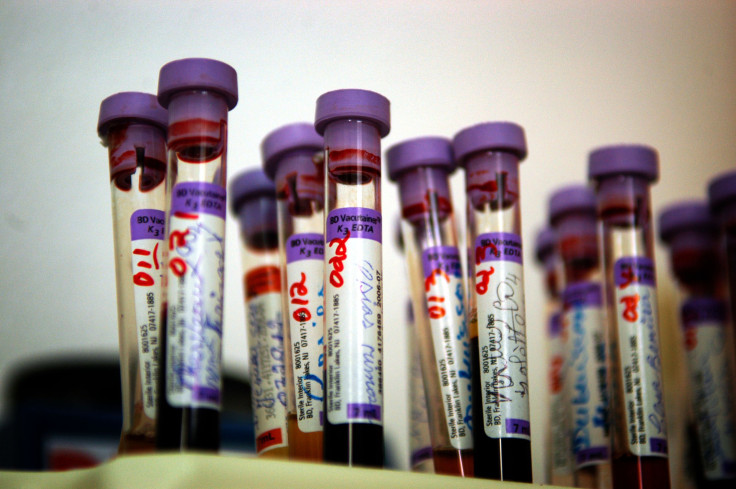WHO’s 2020 HIV Target May Fall Short Due To Flaws In Lab Services

Experts at the World Health Organization found several labs are ill-equipped to conduct tests to monitor HIV infection, a drawback that may hinder the WHO’s efforts in diagnosing and treating people with HIV infection.
The WHO hopes that by 2020, 90 percent of people living with HIV would know of their HIV status, 90 percent of those diagnosed would be receiving the antiretroviral therapy and 90 percent of those who had received treatment would achieve durable viral load suppression (a method to ensure that the viral load is undetectable). Laboratory testing is crucial to achieve this target.
However, in a paper published Tuesday in the journal PLoS Medicine, researchers found that several labs around the world are incapable of performing the necessary tests either due to lack of reagents, equipment not installed or maintained properly, and poor or a lack of staff training. In some labs, machines remained broken as they weren’t covered by contracts to be serviced or fixed.
This could result in the WHO missing its target.
“A national laboratory strategic plan to strengthen services must be developed, implemented, and monitored by governments and their national and international partners,” co-author Vincent Habiyambere reportedly said.
“The focus of the international community, to ensure optimal use of laboratory technologies, should be on those countries where interventions for scaling up access to HIV diagnostic technologies are most needed.”
The researchers analyzed responses to surveys sent out to nearly 127 countries from 2012 to 2014. The surveys were sent to all 47 countries in the WHO Africa region, 33 countries in the WHO regions of the Americas, all 21 countries in the WHO’s Eastern Mediterranean region, eight of the high-burden HIV countries in the WHO’s European region, all 11 countries in the WHO’s South-East Asia region and seven of the high-burden countries in the WHO’s Western Pacific region.
Over the three years, 55 countries responded to all three surveys, 35 to two surveys, 25 to one survey and nine did not respond to all three. The researchers found that even in African countries where HIV burden is high, labs weren’t equipped for diagnosis and treatment. The paper did not look into the capacities of private labs.
“In this new era, individual patient viral load monitoring will be critical to ensure treatment response, judicious use of costly second- and third-line antiretroviral medications, and minimal development and spread of resistance,” Peter Kilmarx, the former director of the Zimbabwe office of the U.S. Centers for Disease Control and Prevention, and Raiva Simibi from the ministry of child and health care in Zimbabwe, wrote in a commentary.
“Strong leadership, resources, planning, and management are needed to scale up laboratory services. Continuing monitoring efforts, like those of Habiyambere and colleagues, are essential.”
© Copyright IBTimes 2024. All rights reserved.






















